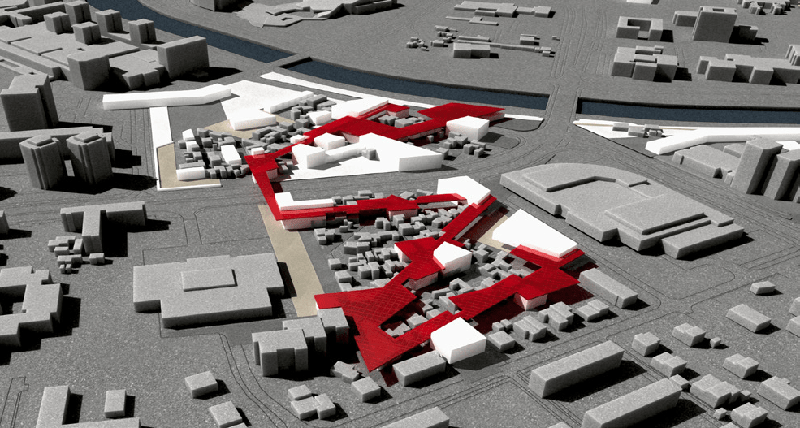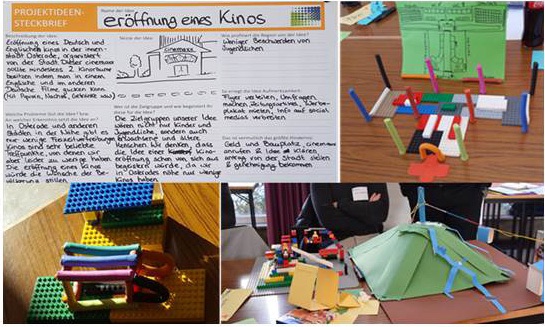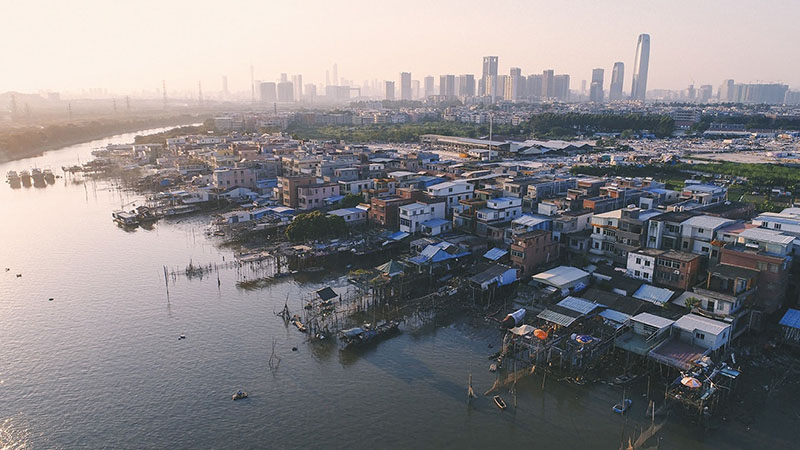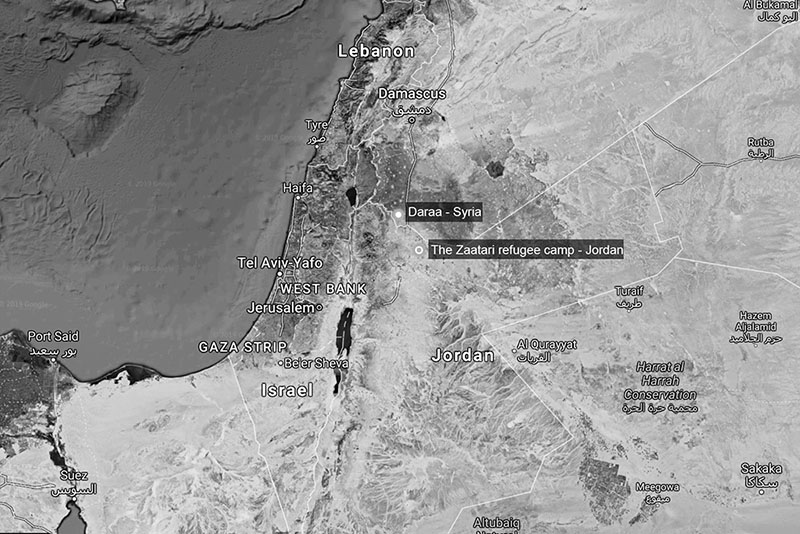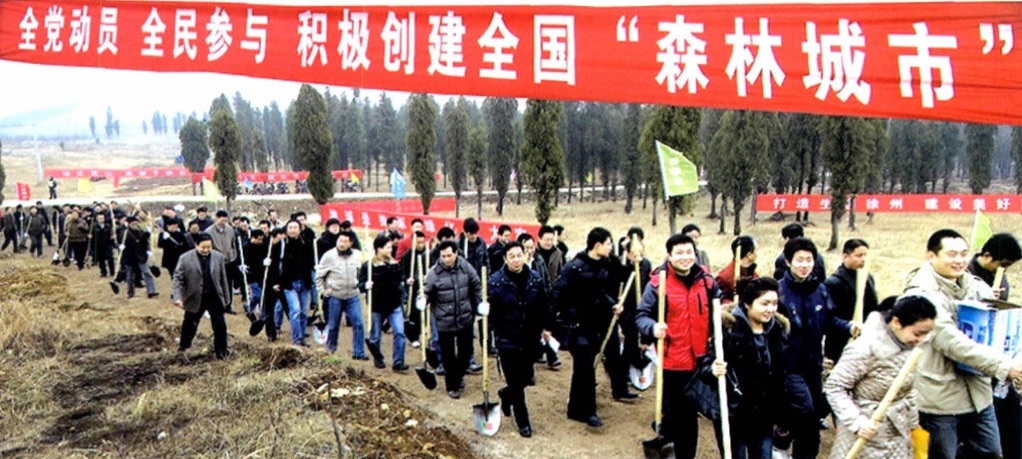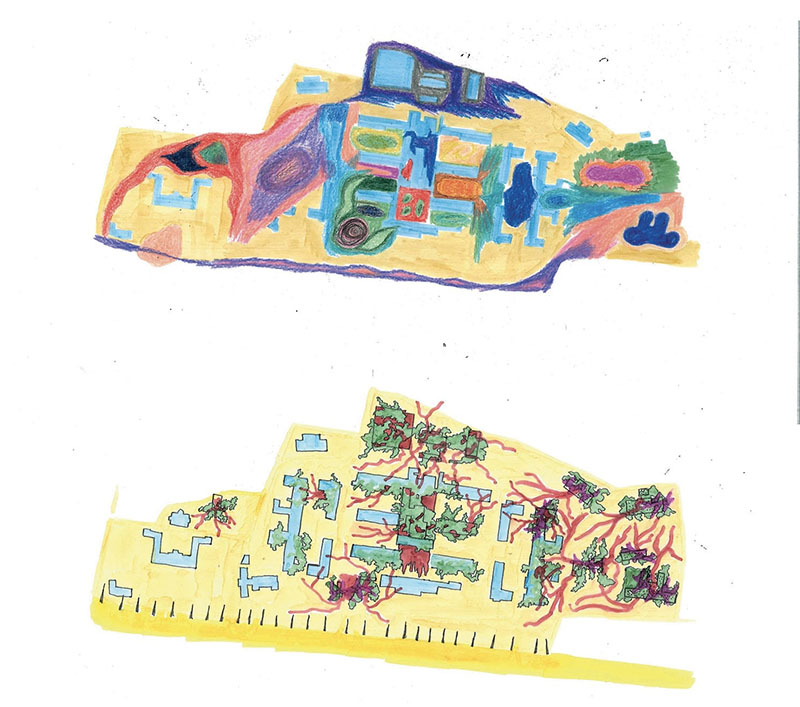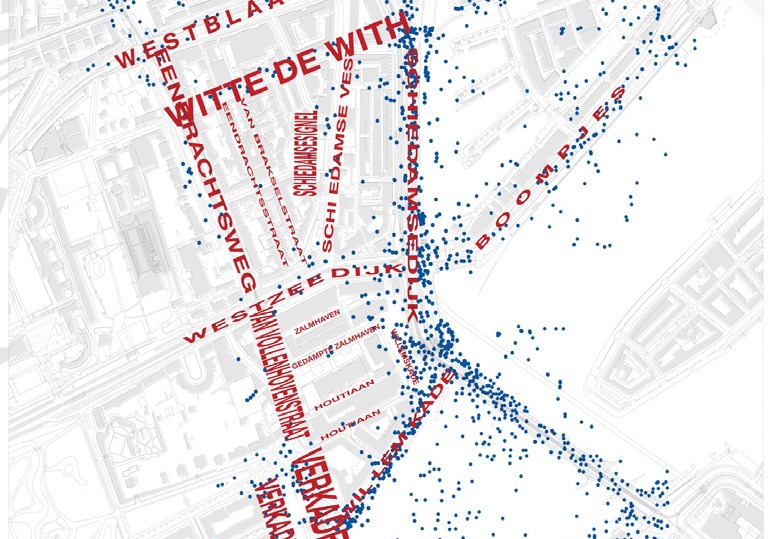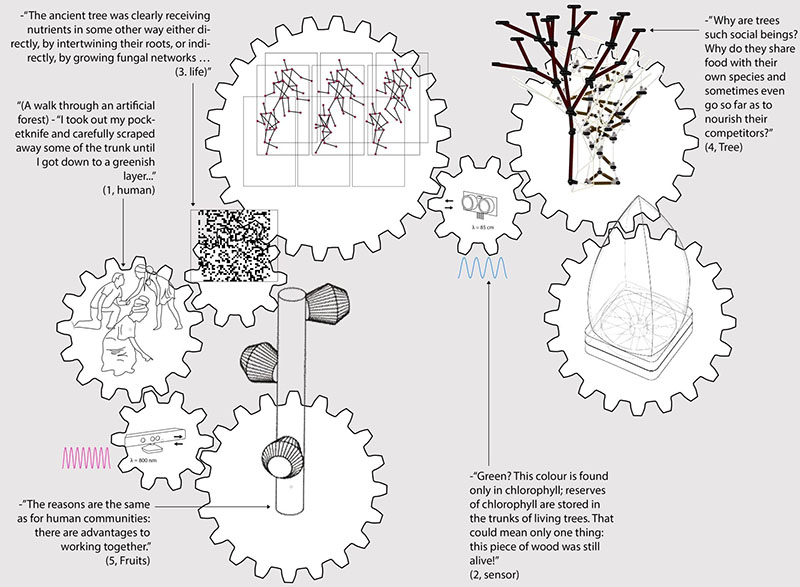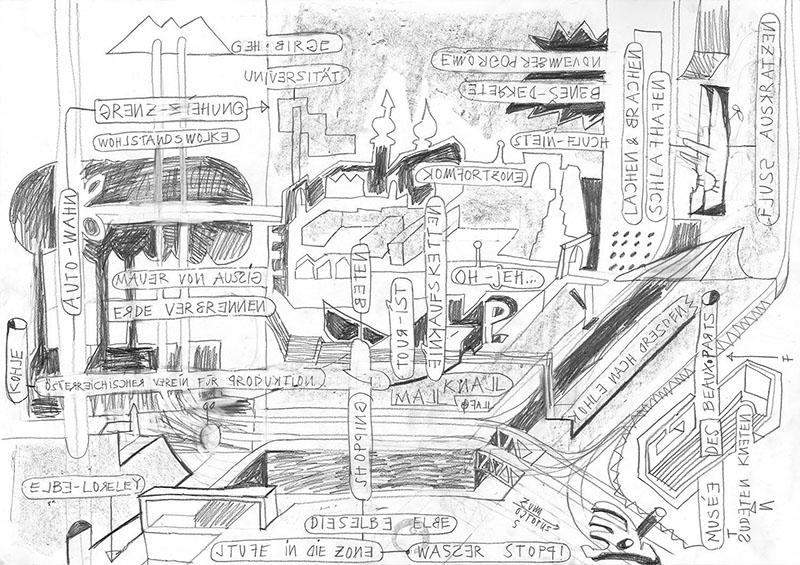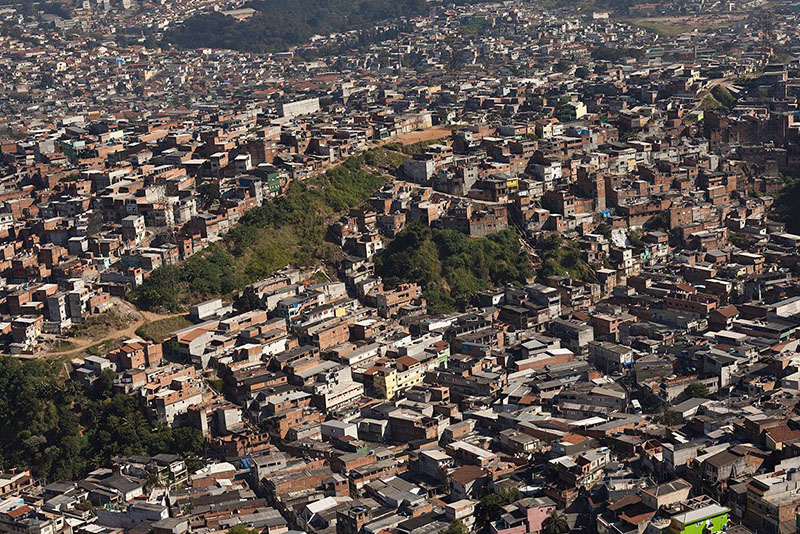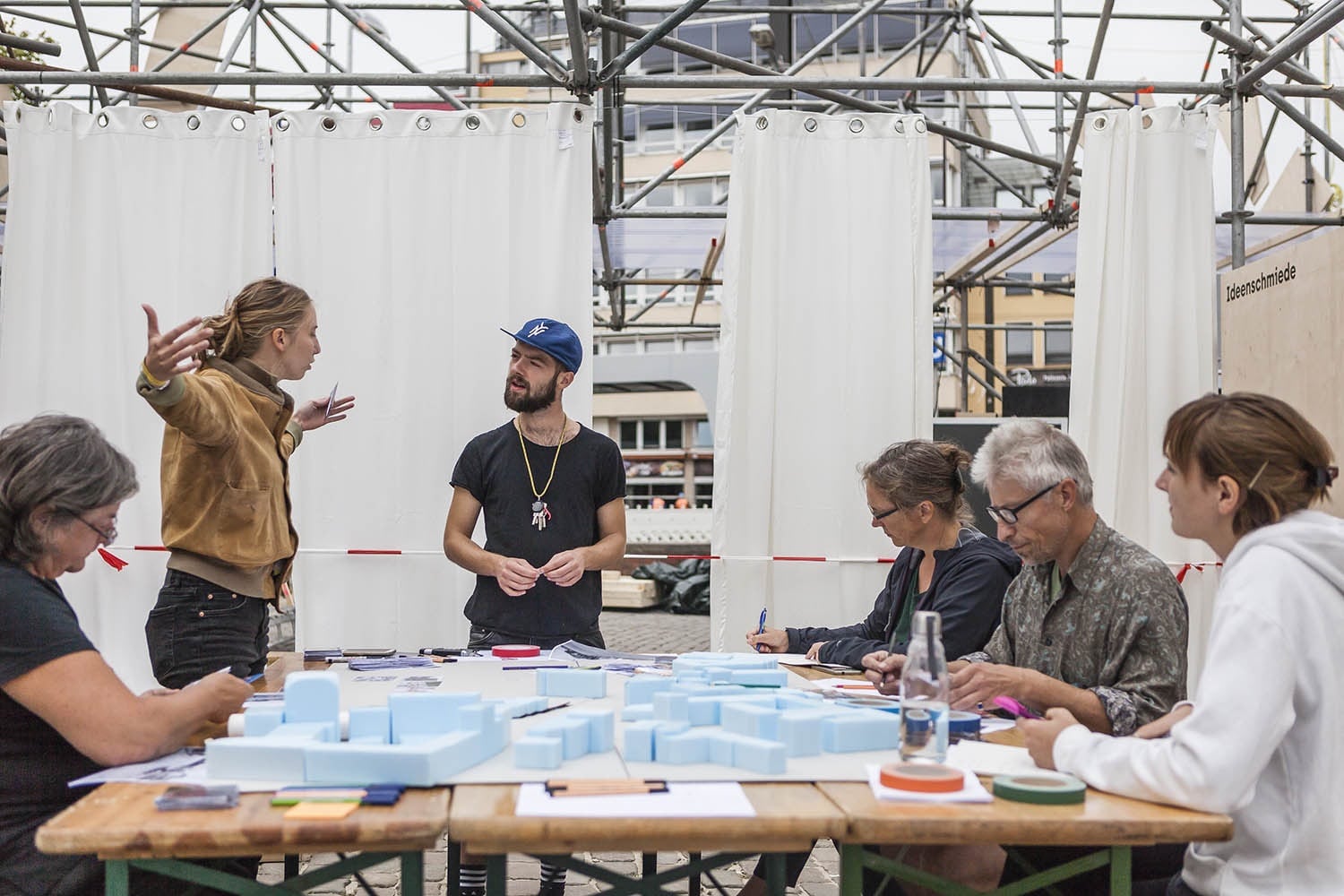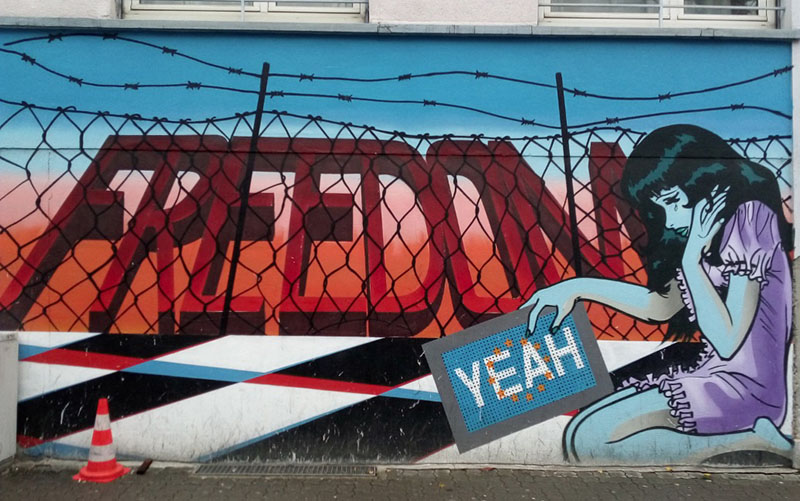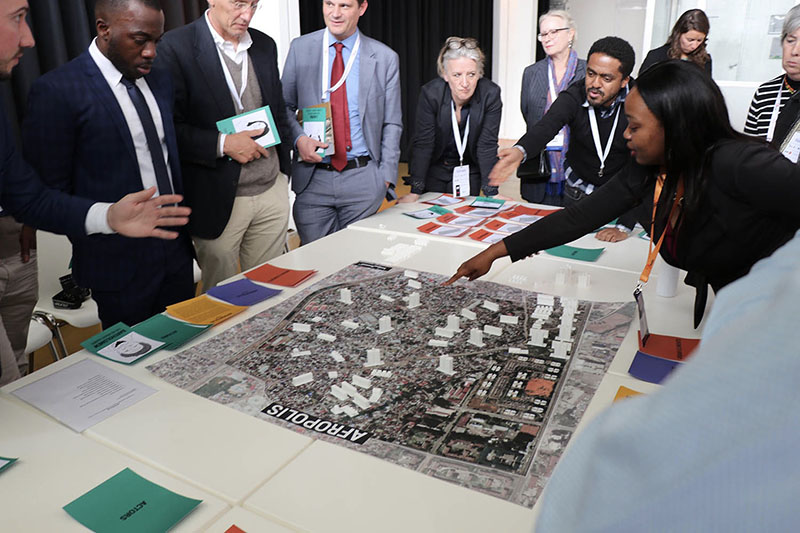
Responding to the United Nations’ Sustainable Development Goal No. 11 to ‘make cities and human settlements inclusive, safe, resilient and sustainable’, Inclusive Urbanism reveals a wide variety of approaches to promoting social inclusion. Questions of architecture and urbanism are considered alongside those of landscape design, urban geography and city planning.
As the title suggests, the content is divided into three parts: research, education and practice. A conceptual framework is offered in the opening part along with a theoretical embedding of the term ‘inclusiveness’. Here the discussion also encompasses the latest results of urban planning research. In the second part, the focus turns to university teaching. Do we need new teaching formats, and if so, how can these be designed to ease students into the topic of ‘inclusive urbanism’? The third part of the book offers diverse examples of spatial design, urban laboratories, planning and co-production processes, all presented with their respective possibilities for boosting inclusion. Consciously international in outlook, the book identifies practices in both the Global North and Global South.
Inclusive Urbanism brings together selected contributions presented at an international conference on ‘Urban Studies’ held at the TU Dresden in November 2018. The conference was jointly organized by the TU Dresden, the TU Delft, the Leibniz Institute of Ecological Urban and Regional Development in Dresden, the Czech Technical University of Prague and the Wroclaw University of Science and Technology.
BOOK DATA
Publisher TU Delft Open // Book Editors Wolfgang Wende, Steffen Nijhuis, Angela Mensing-de Jong, Melanie Humann // Publication date September 2020 // Pages 328 // Full colour // ISBN 978-9463663175
Editorial
-
Currently the world is facing major challenges related to ongoing urbanization. More than half of the global population already lives in cities, and rapid urban growth – whether planned or spontaneous – seems set to continue. The associated large-scale transformation of urban and rural landscapes is turning the spotlight on environmental issues and questions of sustainability. The UN’s Sustainable Development Goals (SDGs) and the New Urban Agenda/Habitat III provide a framework for a fast urban development by encouraging the integration of social and ecological aspects into urbanism. One...
Articles
-
Spontaneity is a term with a wide range of meanings in the architectural and urban context. In principal, two predominant stereotypes of spontaneity have emerged, one related to “informal” architecture, recognized as a condition of material scarcity, and the other to urban actions performed without premeditation, which have been commonly identified as “unplanned”. In many disciplines such as sociology, art, music, literature and natural sciences, spontaneous behaviour is largely viewed as a positive quality, identified as a natural process or act. In an architectural context, however,...
-
Although young people are equal members of the community, they are generally excluded from municipal planning processes. This problem can be resolved by fostering participation, thereby making them more than mere spectators. Young people form a heterogeneous group of individuals who want to be taken seriously, explicitly addressed and motivated. However, it is not easy to reach and motivate youngsters to take part in participatory processes. They frequently have a busy schedule at school, time-consuming leisure activities and long travelling distances in rural areas with inadequate...
-
Deltaic areas are among the most promising regions in the world. Their strategic location and superior quality of their soils are core factors supporting both human development and the rise of these regions as global economic hubs. At the same time, however, deltas are extremely vulnerable to multiple threats from both climate change and the rush to urbanization. These include an increased flood risk combined with the resulting loss of ecological and social-cultural values. The urbanization of deltas can be understood as a set of complex social-ecological systems (and subsystems), each...
-
In the increasingly urbanized Zaatari refugee camp, one prominent market street, Al-Souq, stands out as contributing to the creation of a camp city, thereby challenging the view of camps as temporary settlements. While the spatial transformation of Zaatari is indisputable, there has been little investigation into how such a transformative process has taken place. This paper questions how the interplay between human agency and structure produces space in the camp, and, eventually, the city. To this end, Al-Souq, the main market street in Zaatari, has been chosen as a case study. Employing...
-
Green Infrastructure (GI) provides an important life-support system for regions and cities. Inspired by, supported by or copied from nature, GI is intended to deal with issues that traditional grey infrastructure can hardly accomplish. Initiated by the European Union’s (EU) Biodiversity Strategy, Germany was an early adopter and thus a role model for the GI approach. In particular, a systematic GI planning system composed of formal and informal planning instruments has been established and implemented from the national to the local level. In comparison, China has not yet officially...
-
Landscape architectonic compositions that draw on the underlying landscape structure can function as a carrier for changing programmes, cultures, processes, etc. Precisely such an explicitly spatial design is required to foster the inclusive city, one that is not only socially just but also sensitive to the environment while allowing for and evoking diverse social and natural processes. The objective of an ‘inclusive city’ is often related to social issues, which might easily lead to the exclusion of ecological values; the opposite approach may prove equally exclusive. Inclusivity also...
-
In this paper we discuss the didactic method known as the LAB, a short intensive programme in urban design developed in the years 2009-2019 by various Faculties of Architecture including the Technical University of Dresden, the Cracow University of Technology and the Czech Technical University in Prague.
The main aim of this contribution is to introduce the LAB format in urban design education, stressing its innovative and inclusive aspects. The LAB includes the formulation of a spatial strategy based on the existing urban identity as well as socioeconomic and demographic...
-
Inclusiveness can be considered a requirement for contemporary statements in urban and landscape design referring to age, condition, gender or nature. But how is inclusiveness influenced by spatial design? Can this relation be measured or proven? And more precisely, which interactions are considered across different generations or between human and non-human agents?
This paper describes student’s work evaluation procedures through a methodology consisting of selecting picture-based content from initial reference materials provided by teaching staff, as well as graphic material...
-
In this paper, I discuss the education of inclusive urbanism as the inclusion of the environmental awareness genesis, attitudes toward urban design, cognitive biases and the acceptance of contingency. How do places ‘happen’ to become what they are? What characterises their potentially unreducible singularity in light of general planning laws?
I suggest educating along a didactic triangle of rules, novelty and singularity in a spatialisable tabular fashion. In addition to using the methods presented here in teaching, these approaches can also be used to create more inclusion in...
-
Urban gardening contributes to society in various ways such as by enhancing communities, ensuring food security, improving health, providing places for recreation as well as by raising environmental awareness.
Although urban gardening initiatives have been spreading, the challenge remains to include vulnerable communities, especially in developing countries, which face manifold infrastructural, environmental and social pressures, thereby helping achieve the United Nations Sustainable Development Goal (SDG) 11 (Make cities and human settlements inclusive, safe, resilient and...
-
Increasingly, civil society is demanding greater participation and involvement in urban development. For this reason, planning processes have become more openly structured in recent years, offering a wider range of opportunities for participation. In order to enable such participation not only in planning but also in producing the city itself, structures for the co-production of urban space have now established themselves. The co-productive city is being made reality by civil society and local actors, whose goal is to create a long-term and sustainable value creation chain. As a...
-
The issue of limiting motorized traffic can sometimes generate unexpected problems. For example, the city centre of Strasbourg is crossed by a major motorway, which is constantly congested and polluted. This source of irritation is now at the heart of debates on urban planning. The public authorities wish to transform the route into a boulevard as well as to develop surrounding areas. Currently, the numerous vacant spaces around the transport infrastructure are used by various associations, whose right of residency is relatively unsettled. An increasing number of small illegal...
-
Africa is currently the fastest-urbanizing continent in the world. As part of this rapid growth, New Towns are increasingly employed by private developers as a means of providing well-serviced urban environments to middle- and upper-income groups. These comprehensively-planned New Towns are often seen in contrast to the perceived ‘chaos’ and ‘congestion’ of large African cities. As a result, two urban forms, the highly controlled New Towns and the unregulated settlements at their edges, engage in complex social and economic exchanges, but remain spatially...
-
The article addresses the concept of urban commons, specifically the ways in which it can contribute to inclusive urbanism. We consider how communities appropriate urban spaces, how commons mediate participation in urban development as well as the role of the physical configuration in fostering inclusiveness. The “PLATZprojekt” in Hanover, Germany, is taken as a case study.
A container village of about 3,000 m2, the PLATZprojekt is understood as an experiment in offering people a self-organized space, one they can actively shape, a space to implement their ideas and to...
